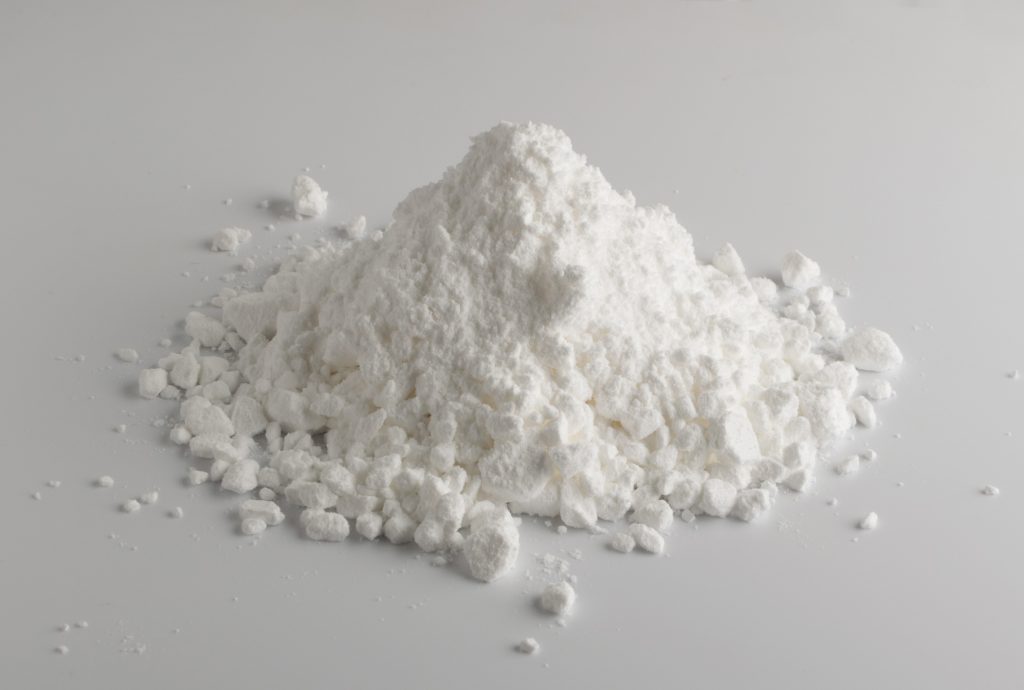4 major application fields of silica powder

Due to its advantages of acid and alkali corrosion resistance, high temperature resistance, low linear expansion coefficient and high thermal conductivity, microsilica powder is widely used in copper clad laminates, epoxy molding compounds and other fields to improve the performance of related products.
1. Copper clad laminate
Adding silicon micropowder to the copper clad laminate can improve the physical properties such as the linear expansion coefficient and thermal conductivity of the printed circuit board, thereby effectively improving the reliability and heat dissipation of electronic products.
At present, there are five types of silica powder used in copper clad laminates: crystalline silica powder, molten (amorphous) silica powder, spherical silica powder, composite silica powder, and active silica powder.
Spherical microsilica powder is mainly used in high-filling, high-reliability high-performance copper clad laminates due to its unique characteristics of high filling, good fluidity, and excellent dielectric properties. The main indicators of spherical silica powder for copper clad laminates are: particle size distribution, sphericity, purity (conductivity, magnetic substances and black spots). At present, spherical silicon micropowder is mainly used in rigid copper clad laminates, and the proportion of mixed casting in copper clad laminates is generally 20% to 30%; the usage of flexible copper clad laminates and paper-based copper clad laminates is relatively small.
2. Epoxy molding compound
Filling silicon micropowder into epoxy molding compound can significantly increase the hardness of epoxy resin, increase the thermal conductivity, reduce the exothermic peak temperature of the reaction of cured epoxy resin, reduce the linear expansion coefficient and curing shrinkage rate, reduce internal stress, and improve The mechanical strength of epoxy molding compound can reduce the cracking phenomenon of epoxy molding compound, thereby effectively preventing external harmful gas, moisture and dust from entering electronic components or integrated circuits, slowing down vibration, preventing external force damage and stabilizing component parameters.
Common epoxy molding compounds are mainly composed of 60-90% filler, less than 18% epoxy resin, less than 9% curing agent, and about 3% additives. The currently used inorganic fillers are basically microsilica powder, with a content of up to 90.5%. Silica powder for epoxy molding compound mainly focuses on the following indicators:
(1) Purity. High purity is the most basic requirement of electronic products for materials, and the requirements are more stringent in VLSI. In addition to the low content of conventional impurity elements, it is also required that the content of radioactive elements be as low as possible or not. With the advancement of the manufacturing process, the electronics industry has higher and higher requirements for the purity of silicon micropowder.
(2) Particle size and uniformity. VLSI packaging materials require fine silicon powder particle size, narrow distribution range, and good uniformity.
(3) Spheroidization rate. High spheroidization rate is the prerequisite to ensure high fluidity and high dispersibility of fillers. High spheroidization rate and good sphericity of silicon micropowder have better fluidity and dispersion performance, and can be more fully dispersed in epoxy molding compounds to ensure The best filling effect.
3. Electrical insulation materials
Microsilica powder is used as epoxy resin insulating packing material for electrical insulation products, which can effectively reduce the linear expansion coefficient of the cured product and the shrinkage rate during the curing process, reduce internal stress, and improve the mechanical strength of the insulating material, thereby effectively improving and enhancing the insulating material. mechanical and electrical properties.
4. Adhesive
As an inorganic functional filler, silica powder can effectively reduce the linear expansion coefficient of the cured product and the shrinkage rate during curing when filled in the adhesive resin, improve the mechanical strength of the adhesive, improve heat resistance, permeability and heat dissipation performance, thereby improving the viscosity. Knot and seal effect.
The particle size distribution of microsilica powder will affect the viscosity and sedimentation of the adhesive, thereby affecting the manufacturability of the adhesive and the linear expansion coefficient after curing. Therefore, the field of adhesives pays attention to the function of microsilica powder in reducing the linear expansion coefficient and improving mechanical strength. The requirements for appearance and particle size distribution are relatively high, and products of different particle sizes with an average particle size between 0.1 microns and 30 microns are usually used for compound use.













